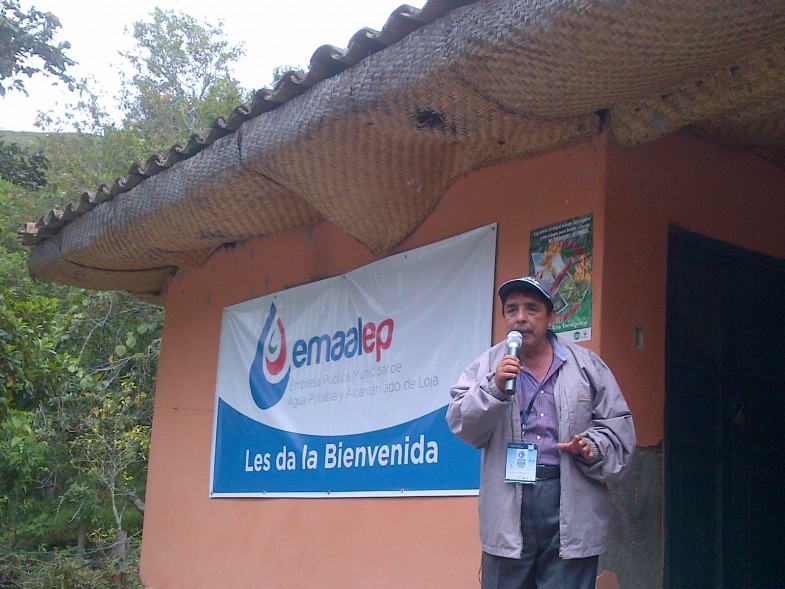It sounds like multi-tasking run amok. Tackling a slew of problems at once seems like a crazy idea. But when urban water utilities team up with rural neighbors to protect water sources, there’s an outpouring of positive outcomes. Elusive solutions fall into place. Among a cascade of benefits, you get:
- Rural communities receive support for protecting watersheds
- Water systems become more sustainable and resilient
- Everyone benefits from cleaner water & public health improvements
- Taxpayers are spared the cost of new water treatment plants
- Families save money by spending less on bottled water
- Politicians earn high marks for delivering better water quality
- Ecosystems on which we all depend grow healthier.
When watersheds are treated as a commons, water and land use planning is better integrated. Rather than simply extracting water, cities find long-term benefits in supporting rural communities’ stewardship of natural resources by seeking out cooperative and equitable partnerships.
Protection of ground and surface water is not only an environmental issue – and should not to be left to environmental organizations alone. There’s a convincing business case to be made for water utilities investing in protecting their water sources. That logic is not only economic; thoughtful watershed stewardship provides public utilities with a social and moral license to operate.
The Mexican Forestry Commission cites the New York City water authority as a source of inspiration for its own watershed management. Faced with deterioration in the quality of what it humbly describes as the “champagne of drinking water”, utility managers in the 1990s brokered a deal with upstate farmers to control farm effluents. Farmers received support to shift away from polluting practices and, in the process, gained new urban markets for food and timber. The city satisfied Environmental Protection Agency requirements and retained its reputation for high water quality. Consumers weren’t socked with higher bills to pay for an unnecessary treatment plant.
In June of last year, water utility operators, environmental and forestry agencies, municipal administrations and non-governmental organizations from across the Americas met to discuss opportunities and obstacles that urban utilities face in conserving the watersheds that satisfy urban thirst. It’s not an insignificant footnote to note that the urban population worldwide will double in the next 40 years, adding urgency to the necessity of rethinking cities’ water source protection strategies.
A new publication from Our Water Commons captures this challenge. It explores how water operators –from Manhattan to Medellin to Montevideo – collaborate with upstream communities for mutual gain. It’s certainly not a simple road – cooperation among public agencies can be a mess, watershed boundaries tend to look nothing like political jurisdictions, and expensive engineering solutions are often favored over natural infrastructure.
The stakes (and the temperature) are rising. With climate change upsetting hydrological cycles and water wars looming, it’s time for water utilities to step up their leadership to conserve our watersheds. The new publication, Urban Water Utilities and Upstream Communities Working Together conference_full report.pdf- – also available in ‘Spanish”:http://ourwatercommons.org/sites/default/files/Water conference_full report_Spanish.pdf – points to hopeful and practical steps forward.
—
Enjoy what you’re reading? We have so much more in store for 2014—but we need your help to create a strong financial future for our organization. Please watch the video below and consider making a tax-deductible donation today to advance the commons movement. Let’s own this work together.





